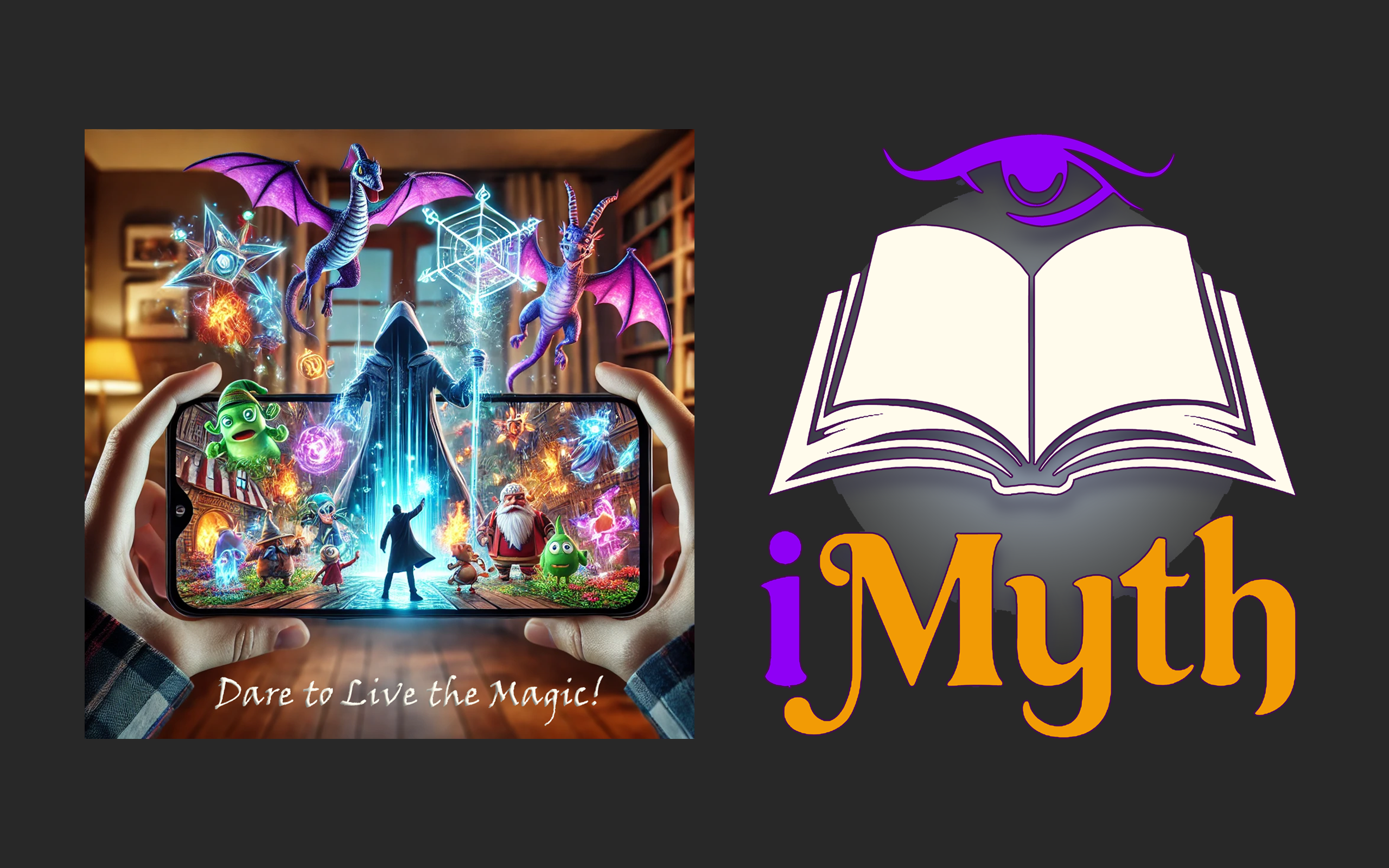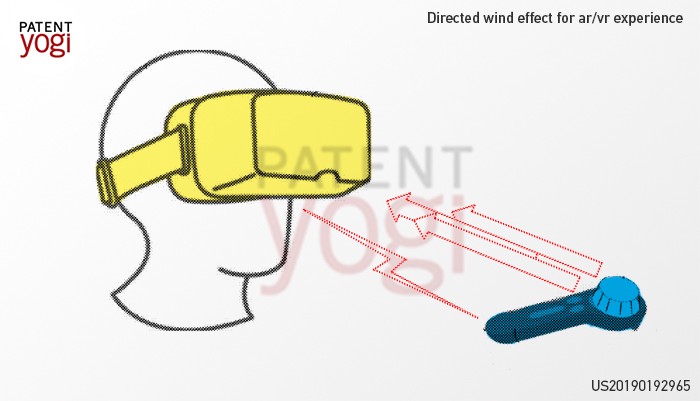
by Blogmeister Meisterblogger | Mar 4, 2025 | Entertainment, Immersive Theme-worlds, IMyTH, Interactive Storytelling
A New Era of Storytelling Has Arrived Imagine standing in your own living room, talking to your favorite hero—an interactive, fully immersive character that remembers your name, responds to your emotions, and invites you on a journey beyond your wildest dreams. This...

by Blogmeister Meisterblogger | Aug 21, 2019 | Entertainment, Immersive Theme-worlds, IMyTH, Industry, Interactive Storytelling, Technology
I like to stay abreast with technological developments which not only advance location-based entertainment but interactive storytelling as well. This new announcement from Disney sounds interesting. Disney research just filed a patent for a new head mounted...

by Blogmeister Meisterblogger | Aug 9, 2019 | Entertainment, Immersive Theme-worlds, IMyTH, Interactive Storytelling
I recently came upon this Facebook article from the UK about, what they claim, the world’s most immersive experience: Boom Town. https://www.facebook.com/BuzzFeedUK/videos/2330089977077212/ Before this posting I have never seen or heard of Boom Town before. It...

by Blogmeister Meisterblogger | Jul 14, 2019 | Entertainment, Industry, Interactive Storytelling
Wow! It’s been a long time since I’ve contributed to the iMyth Blog site. It’s time to fire up the Furnace and get cooking again! This time it’s not about reporting about another article or another development but to support a concept that has...

by Blogmeister Meisterblogger | Dec 6, 2018 | Entertainment, Immersive Theme-worlds, Interactive Storytelling
It’s been over two years since iMyth performed it’s last presentation of “The Courier,” and I have not scene a location based theme world experience like it since, until now. The folks at Madison Wells Media have created a location-based, Mixed... by Blogmeister Meisterblogger | Sep 23, 2016 | Immersive Theme-worlds, IMyTH, Interactive Storytelling
I just listened to a great pod cast from a Road to VR article, What Dungeons & Dragons Can Teach Us About VR. In this podcast the announcer interviews Chris Perkins, Master Dungeon Master and Head Story Creator for Dungeons and Dragons. During the interview they...




